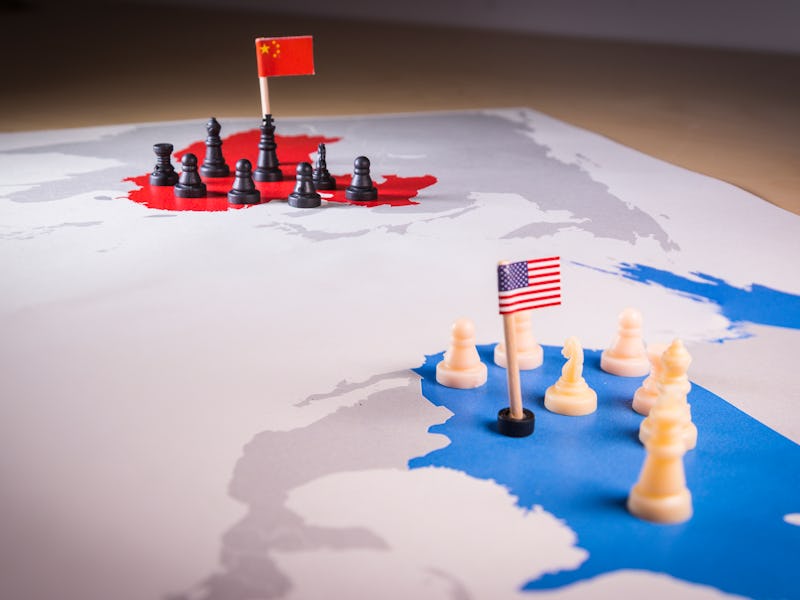China will be the world leader in science in the 2020s
The United States has long been a scientific leader, but it appears China could outperform the US in this decade.

The United States has long been the largest funder of scientific research in the world, but it's looking like China will outperform the US in the 2020s. Back in 2016, we reported on the fact the OECD Science, Technology and Industry Outlook 2014 projected that China would outspend us in scientific research and development by 2020. Well, it's 2020 now, and it looks like China is still second to the United States in the funding of scientific research and development but will soon take the top spot.
Between 2000 and 2017, China increased its spending on scientific research by roughly 17 percent every year. There was also a 17 percent increase in the number of Chinese scientists who had studies published in major journals between 2016 and 2018. Tsinghua University in Beijing now a world leader in scientific research. With Donald Trump consistently trying to cut funding for scientific research, it's looking like China will soon be the world leader in science.
This is #5 on Inverse’s 20 predictions for the 2020s.
Though Trump may not have much interest in funding scientific research, it appears some in his administration are aware that China is set to outpace the United States in science and have expressed concerns. As the Wall Street Journal explained last year, a US intelligence community threat-assessment report claimed our "lead in science and technology fields has been significantly eroded" as China appears ascendant.
"As we see it, this decline stems from two related trends: steadily declining US budgets for basic scientific research and a lopsided emphasis on the life sciences to the detriment of emerging technologies," the Journal wrote. "According to the National Science Foundation, the US government spent $66.5 billion in basic and applied science and technology research in 2017. This might sound like a lot, but it is a tiny part of the $4.7 trillion federal budget—about 1.7% of all federal spending and a measly 0.3% of U.S. GDP."
Where Chinese scientists used to study in the United States and stay here for work, a lot of them have decided to return to China in recent years. A study from December found 4,500 Chinese scientists returned home in 2017 alone and thousands more have returned since.
Caroline Wagner, co-author of the study and associate professor of international affairs at Ohio State University, said at the time that China's rise in the scientific field will continue.
"In our lifetime, China has joined the global scientific community to become world-class in a number of critical fields, such as AI and materials science," Wagner said. "As more of their researchers return home, that rise is going to continue."
See also: Elon Musk praises China's space industry after reaching big milestone
Many experts fear that China becoming the world's leader in science could harm the United States' ability to remain competitive in many industries, and they're worried about an opaque, authoritarian regime dominating the field of science. Whether the United States will remain competitive and what effects China's government will have on the field of science remains to be seen, but it's looking pretty clear that the United States soon won't be the scientific leader it once was.
As 2019 draws to a close, Inverse is looking to the future. These are our 20 predictions for science and technology for the 2020s. Some are terrifying, some are fascinating, and others we can barely wait for. This has been #5. Read a related story here.